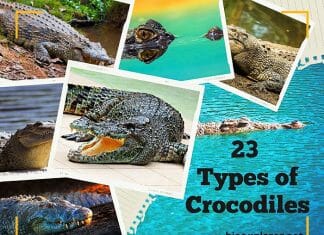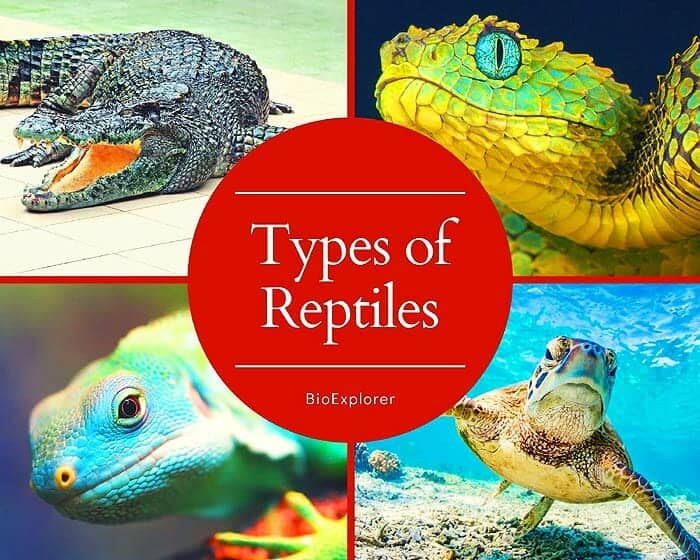
Reptiles (from the Late Latin, neuter of reptilis, meaning ‘creeping‘) are cold-blooded (ectothermic) vertebrates of the class Reptilia. They are often found in every kind of habitat, including grasslands, swamps, forests, deserts, oceans, and other arid environments. Over 11,500 vertebrate species currently recognized and classified as reptiles constitute the dominant terrestrial vertebrate group.
World's Oldest Reptile
The oldest known reptile that lived about 315 million ago was Hylonomus lyelli during the Late Carboniferous period. It was also the first animal known to have fully acclimated to live on dry land. According to several fossil strata found in Nova Scotia, this small lizard-like creature was about 8 to 12 inches long and had numerous sharp teeth indicating an insectivorous diet.
World's Newest Reptile
In 2021, the German-Madagascan expedition team discovered a new chameleon species (Brookesia nana) in the northern Madagascar rainforest. This nano-chameleon is about a size of a sunflower seed. You can fit this smallest reptile on the top of a finger. This male nano-chameleon is about 22 mm (from nose to tail), whereas the female nano-chameleon is slightly larger at 29 mm. It is believed that this smallest reptile is closely related to larger Brookesia micra.
Characteristics of Reptiles

1. Reptiles are cold-blooded.
All reptiles are cold-blooded animals which suggest they are incapable of regulating their own body temperature. Unlike mammals, reptiles use their surroundings to keep them warm, and that’s why you see them in hot/warm habitats. For example, the reptiles tend to bask under the sun on and off to keep their body temperature regulated.
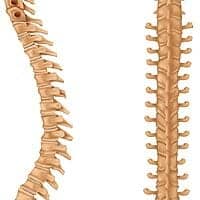
2. Reptiles are vertebrates.
Reptiles show characteristics of other vertebrates such as mammals, birds, and some amphibians. All reptiles have spinal cords to support their body structure from the base of the head to the tail. This bony endoskeleton protects the inner tissue and helps in body movement. In the reptilia class, crocodiles have the most extensive body structures.
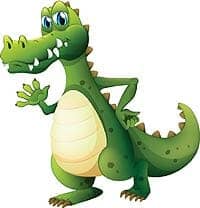
3. Reptiles have horny/rough scales.
The reptile body is covered with scutes or horny layers of scales and bony plates. These scales are made of alpha and beta-keratin and originate from the epidermis layer, unlike the dermis layer in mammals. As a result, reptile skin is thinner than you expect. Explore different types of skin cells here.
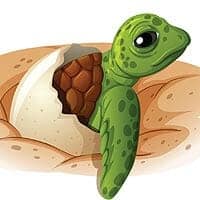
4. Reptiles lay eggs.
Some snake and lizard species give birth to live young – vivaparous (e.g., Eurasian lizard), but most reptiles are oviparous, which means they produce eggs (e.g., Crocodiles, turtles, and snakes). An interesting study of European pond turtles determined that the incubation temperature determines the reptile sex. For example, temperatures above 30°C produced all female turtles, whereas temperatures below 25°C produced all males. Thus, this study concluded that soil temperature plays a huge role in sex determination in reptiles.
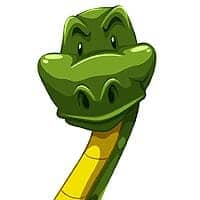
5. Reptiles have 1 or 2 developed lungs.
Since reptiles have dry and scaly skin, the only way they can breathe would be through their lungs. So first, they breathe through their nasal passage or mouth and pass into their lungs. All terrestrial reptiles have two well-developed lungs, whereas some giant snakes have only one lung while the other is atrophied. Explore the cellular respiration equation here.
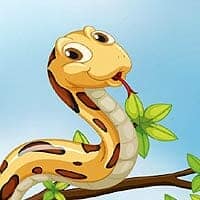
6. Reptiles have chemoreceptors.
To find their prey, some reptiles use a lining on their nose and roof of the mouse to absorb the chemicals in the air. This phenomenon is called chemoreception, and it is prevalent in Squamata snakes and lizards.
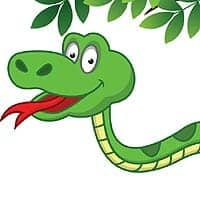
7. Reptile have two different digestion methods.
From a dietary perspective, there are two types of reptiles: carnivorous reptiles (snakes and lizards in Squamata order) and herbivorous reptiles (tortoises). Carnivorous reptiles have shorter guts for efficiently breaking down meat but are slower than mammals to digest food. On the other hand, herbivorous reptiles cannot grind to speed up digestion. So, they swallow rocks and pebbles to help to crush the food.
Explore what do reptiles eat by different species here.
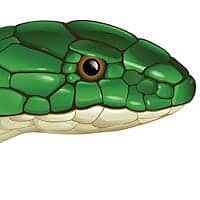
8. All reptiles undergo skin-shedding.
All reptiles shed their skin as they grow and throughout their lifecycle. Sometimes, improper or incomplete shedding may occur in reptiles because of mites, incorrect humidity or handling, malnutrition, dermatitis, or trauma. As the shedding process begins, the skin appears slightly dull as the separation between old and new skin begins. Shedding may also be necessary for removing parasites or other things that have attached themselves to the skin during growth periods. Turtles and lizards shed their skin in several pieces, whereas snakes shed their skin in one piece. The shedding cycle varies from species to species.
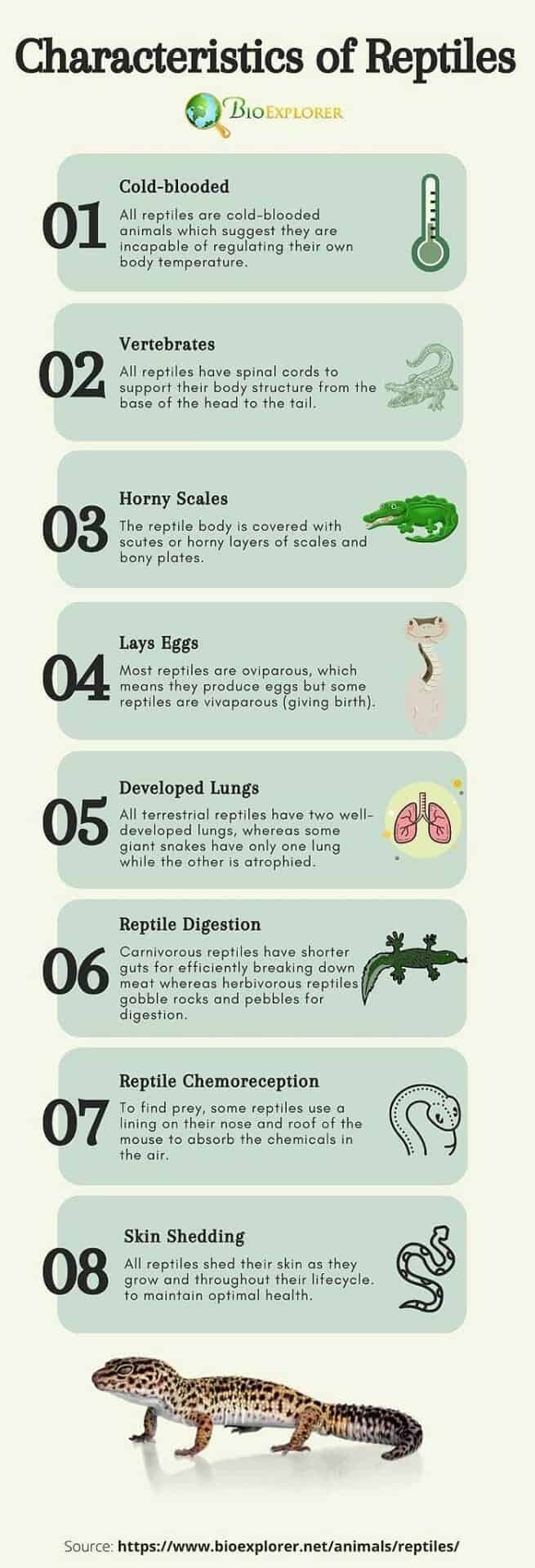
Types of Reptiles
Reptiles are classified under four different orders, namely Crocodilia, Rhynchocephalia, Squamata, and Testudines.
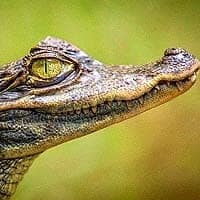
A) Crocodilia
As the name indicates, this reptile order contains reptiles such as crocodiles, alligators, caimans, and gavials. These mostly giant, predatory, semiaquatic reptiles are also known as crocodilians. They first appeared about 95 million years ago in the Late Cretaceous period and are the closest relatives to birds. There are three different families and 23 different species listed under Crocodilia.
Types of Crocodiles
Crocodilia is one of the reptile orders dedicated to large, lizard-shaped, and predatory reptiles. Explore 23 types of crocodiles by water bodies, regions, and taxonomy classification year.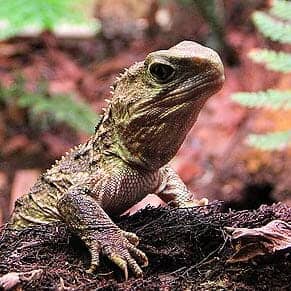
B) Rhynchocephalia
This reptile order contains just one family and only one living species named Tuataras, and they are endemic to New Zealand. The oldest fossil recording of this reptile goes back to the Middle Triassic, around 240 million years ago. Most reptiles in this order are extinct now. Albert Günther of England, in 1867, proposed this reptile order Rhynchocephalia (means “beak head“) for the Tuatara and their fossil counterparts after observing its features similar to birds, turtles, and crocodiles.
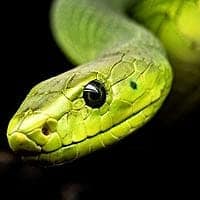
C) Squamata
The word Squamata originates from the Latin meaning “having scales“. This reptile order contains worm lizards (aka amphisbaenians), lizards, and snakes. According to May 2021 statistics, about 71 families and over 11,500 reptile species were identified and classified under Squamata.
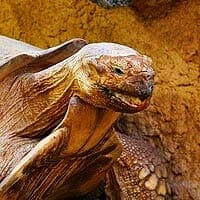
D) Testudines
Chelonia is an alternate name for Testudines. The word ‘Testudines‘ is based on the Latin word for tortoise – testudo. This reptile order contains turtles, terrapins, and tortoises. All species under this order have a hard carapace (cartilaginous shell) covering their bodies. There are 14 families and 335 species of reptiles classified under this reptile order.


